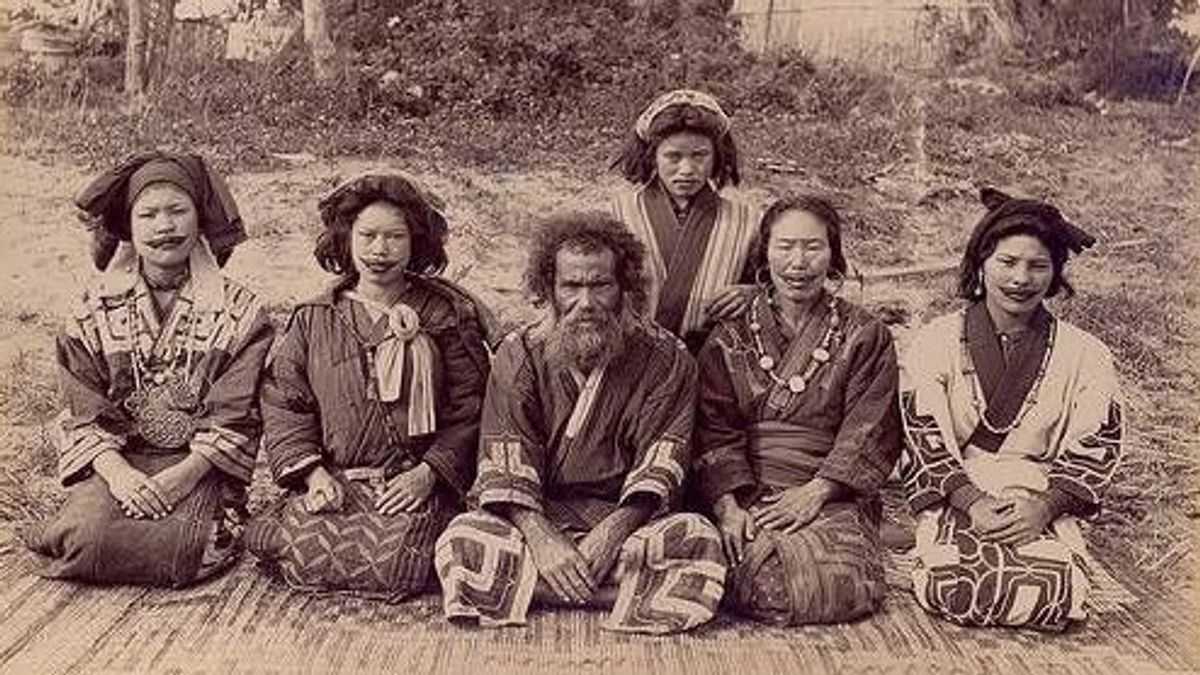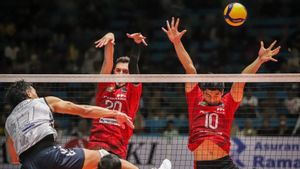
YOGYAKARTA - The Japanese Ainu tribe, is a native of Hokkaido, Sakhalin, and Kurial Islands who are traditionally and externally different from their Japanese neighbors until the second half of the 20th century.
The Ainu tribe may be a descendant of an authentic population that has spread widely in northern Asia; many contemporary Ainu people claim it has something to do with Japan's prehistoric J waymon tradition.
The traditional Ainu language, an isolation with a number of accents, was almost completely replaced by Japanese at the beginning of the 21st century; the movement of language revitalization initiated a formal order in Ainu in the 1980s.
The Ainu tribe once lived on all four main Japanese islands. Their traditional clothing includes wooden skin fabrics, often decorated with geometric designs. Although Ainu is mostly a hunting and mixing culture, some members are also involved in moving agriculture, a method in which the fields are used for several seasons and then abandoned so as not to drain the soil. Animism is a traditional religion.
The most important ritual lasted for several years and involved catching a bear cub which was later raised as a family member; at a specified time, the bear was killed ritually. After treating the bear well in life, Ainu believes that in death, her spirit will ensure the welfare of her lifting community.
Japanese people began to colonize the Ainu region in the first millennia of AD. For centuries, and despite armed resistance, these indigenous people lost most of their traditional land; they were eventually moved to the northernmost part of the Japanese archipelago. There they are seen as prisoner markets and as a buffer for a potential invasion by Russia to the north.
Japan's control over the Ainu region has been tightened after the Restoration of Meiji (1868). During this period, Japan's racial discourse on Ainu 'who has long underestimated Ainu' has become increasingly demeaning. Japanese observers have noted that Ainu has heavy hair compared to themselves, a fact emphasized by Ainu's traditional customs in which men have heavy beards and women have facial tattoos that at first glance look like mustaches.
Other physical differences include the absence of epicanthal folding and the tendency to have brighter skin and hair colors than other East Asians. For various reasons, Japan's pseudostrain of the late 19th century was fixated on Ainu's hair and argued many unreasonable ideas for the cause, claiming, for example, that Ainu mates with animals to produceGHt children.
This idea, which supports the designation of demeaning "Ainu hair", provides rationalization for forced assimilation and preservation of discrimination.
Throughout the 20th century, a large number of Japanese ethnic groups settled in Hokkaido and married the Ainu tribe. Although most Ainu rituals are no longer traditionally enforced, these rituals continue to be celebrated through events at museums and festivals.
In the late 20th century, Ainu's activism and cultural revitalization movements became more effective; activist Kayano Shigeru was elected to the Japanese Diet (parlement) in 1994, the first Ainu people to achieve the award, and a number of legal reforms that protected Ainu culture were passed in the following years.
In 2008 Japan officially recognized Ainu as a native, reversing the 1899 measure that declared them "former Aboriginal".
About 25,000 Ainu people lived in Hokkaido in the early 21st century.
So after knowing the Japanese Ainu tribe, watch other interesting news on VOI, it's time to revolutionize news!
The English, Chinese, Japanese, Arabic, and French versions are automatically generated by the AI. So there may still be inaccuracies in translating, please always see Indonesian as our main language. (system supported by DigitalSiber.id)












